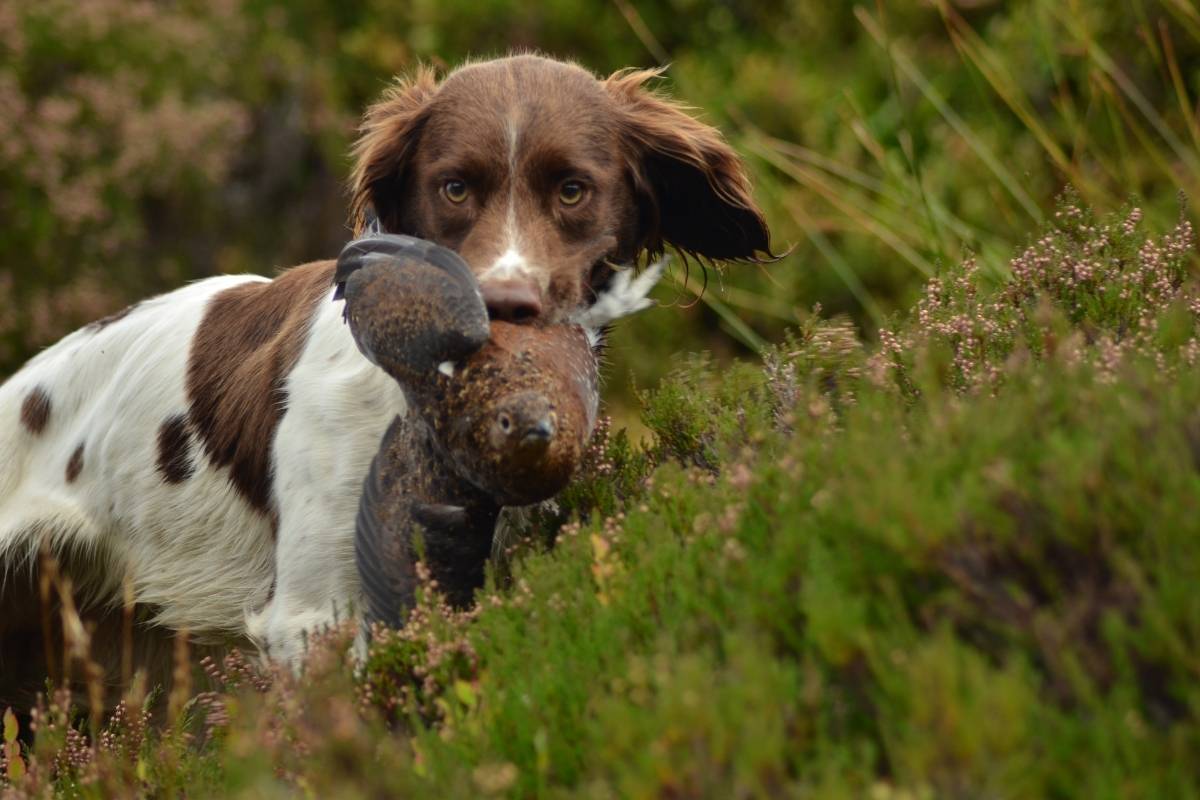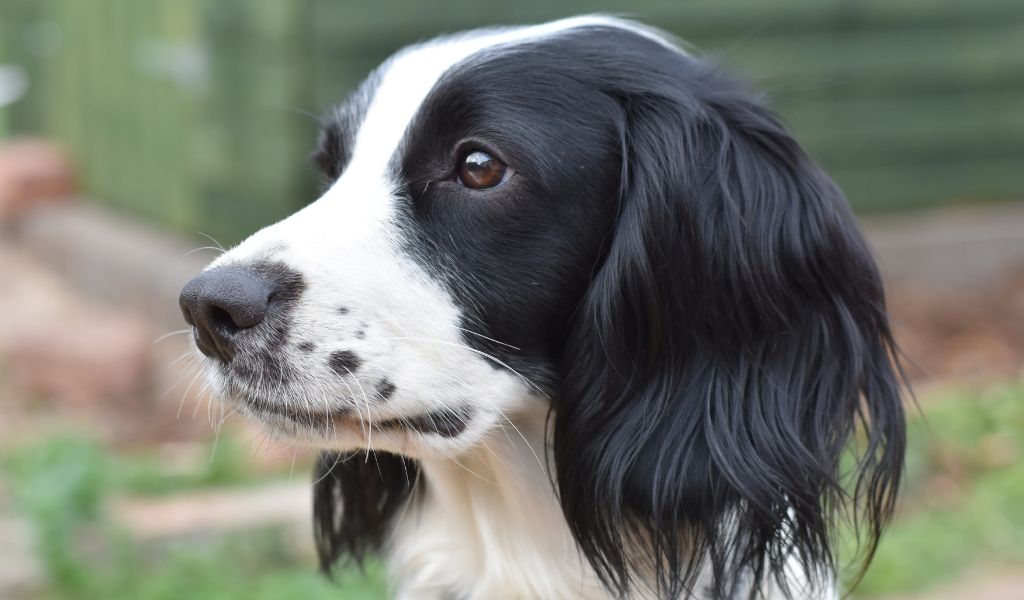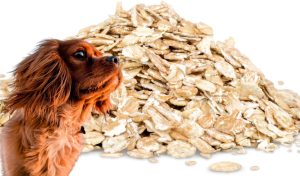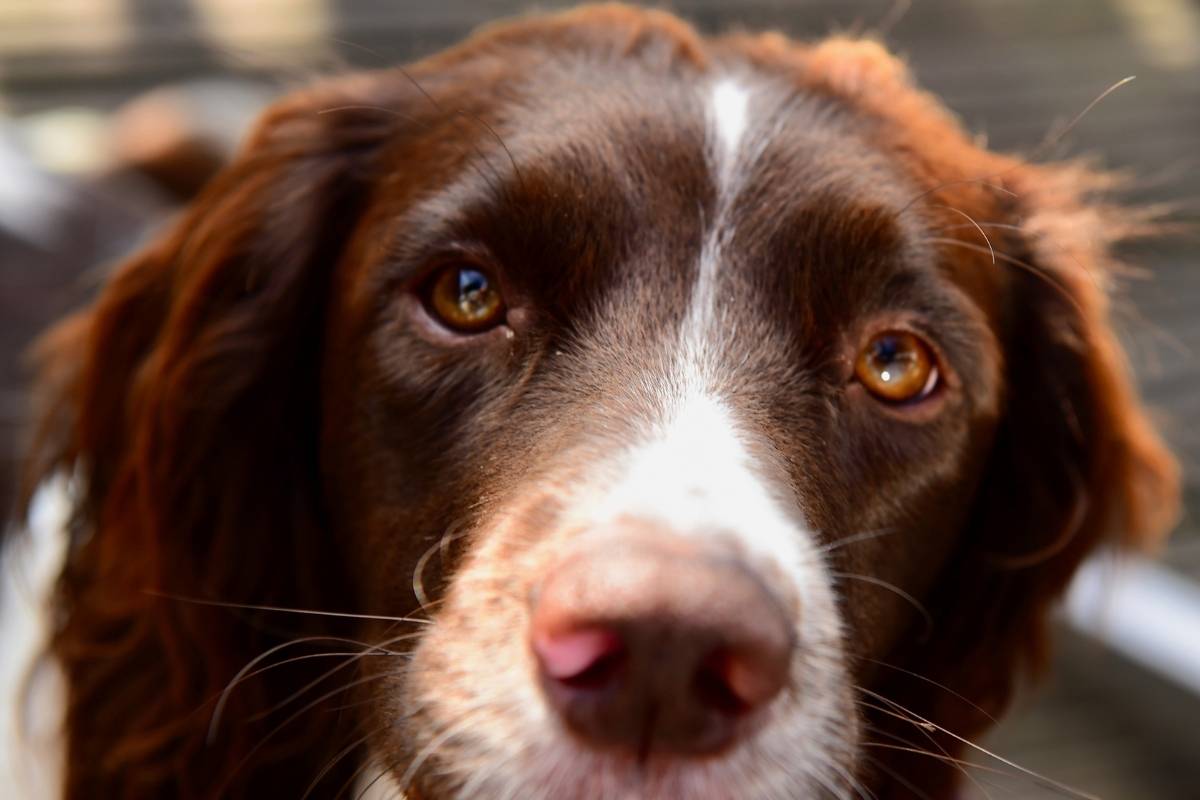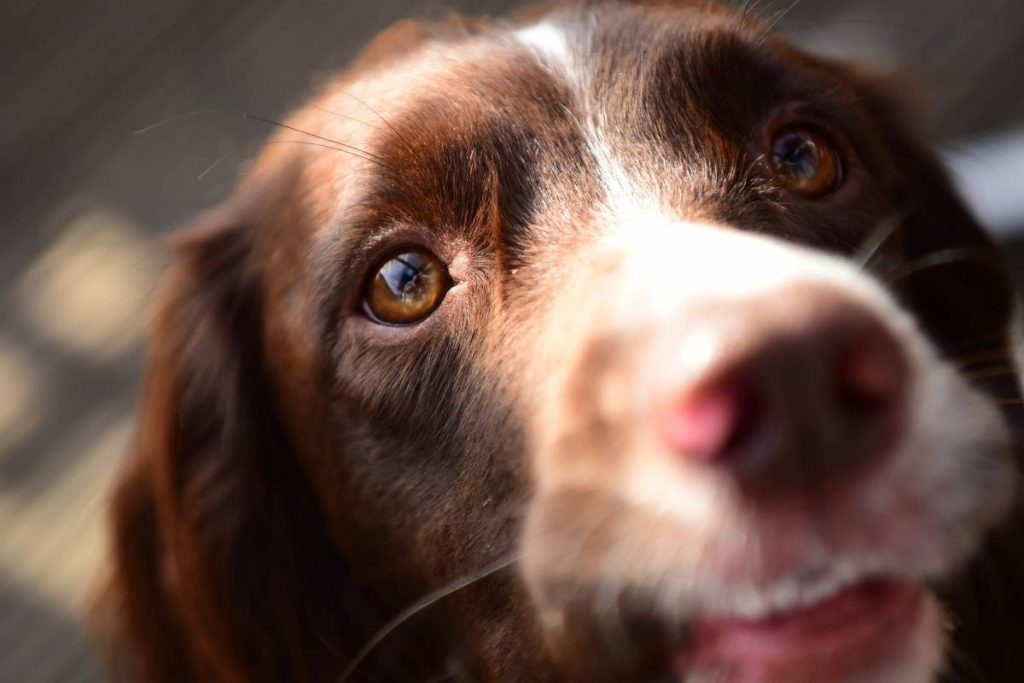Cocker spaniels have long ears to help them with scent. Long ears help to capture scent particles when the dog is running and hunting. The movement and action of the ears move these scent particles towards the spaniel’s nose to help him to identify and locate quarry.
There are several breeds of dogs that have long ears and this includes Cocker spaniels and the other spaniel breeds.
There is a very simple reason why Cocker spaniels have long ears and it is nothing to do with hearing.
Why do some Cocker spaniels have longer ears than others?
If you were to compare a working Cocker spaniel against a show Cocker spaniel, you would notice some differences in sizes and appearance, and one obvious area is that of ear size.
Due to selective breeding the two types of Cockers have moved apart in terms of ability and appearance – working Cocker breeders have bred for performance, whereas show breeders have bred for looks.
One of the key parameters for show Cockers is length of ears, thus breeders for this purpose have focused on the development of dogs with long ears ( and other areas ).
In some cases the ears are almost down to the ground and can be an obstruction to the dog’s movement.
By comparison a working Cocker spaniel will have shorter ears that are more mobile and less likely to interfere with the dog’s hunting.

Do all Cocker spaniels have long ears?
Yes, all Cocker Spaniels characteristically have long ears.
This breed is known for its distinctive, pendulous ears, which are set low and have a feathered appearance due to the long, silky fur that often covers them.
The length and texture of their ear fur can vary between individual dogs and may also depend on whether they are English or American Cocker Spaniels, as there are slight differences between the two breeds.
However, the long ears are a defining trait of the Cocker Spaniel breed as a whole.
Why do some Cocker spaniels have shorter ears?
While Cocker Spaniels are known for their long, floppy ears, you might observe some with seemingly shorter ears due to a few possible reasons:
Genetic Variation: Even within a breed, there is genetic diversity. Some Cocker Spaniels might inherit genes that result in slightly shorter ears than their peers.
Age: Puppies and young dogs might appear to have shorter ears simply because they have not yet fully grown. As they mature, their ears may lengthen.
Grooming: The perceived length of a Cocker Spaniel’s ears can be influenced by grooming. Some owners might choose to trim the fur on their dog’s ears, making them appear shorter.
Breed Variation: There are different types of Cocker Spaniels, such as the American Cocker Spaniel and the English Cocker Spaniel, which have slight differences in their physical characteristics. It’s possible that one type might sometimes have shorter ears than the other.
Health Issues: In some rare cases, a Cocker Spaniel might have shorter ears due to a health issue or a congenital condition that affects its physical development.
It’s worth noting that while there can be variations in ear length, all Cocker Spaniels will have somewhat long, pendulous ears as it is a breed characteristic.
If you’re observing a significant number of Cocker Spaniels with notably short ears, it might be worthwhile to explore if there’s a common factor or trend influencing this, such as a popular grooming style or a specific breeding line.
Do long ears really help with scent?
If we look at a range of dog breeds that are bred for hunting or seeking out quarry then we would find that there is one distinct feature that is common among these types of dogs – long, floppy ears.
All of the spaniels have these types of ears – as hunting dogs they help the dog with his job.
But long ears are not just the reserve of spaniels, many other hunting and scenting dogs benefit from floppy ears – dogs such as:
- Bloodhound
- Beagle
- Bassat Hound
- Weimaranar
Although we can never fully understand how scent works for a dog, when we look at a breed such as the Bloodhound and see him sniffing the ground with his ears flopping around his face, it is reasonable to think that long, floppy ears play a part in movement of scent particles towards his nose, improving his chances of tracking his prey.
FAQs
Why do spaniels have long ears?
Do long ears serve a specific purpose in spaniels?
Do the long ears of spaniels affect their hearing?
Are there any health concerns associated with spaniels’ long ears?
Can the length of a spaniel’s ears influence its behaviour or personality?
KEY POINTS THAT AFFECT THE LENGTH OF A COCKER SPANIEL’S EARS
Here’s a summarised list of key points that might affect the length of a Cocker Spaniel’s ears:
Genetic Factors:
Inherited traits from parent dogs.
Genetic diversity within the breed.
Breed Variation:
Differences between English and American Cocker Spaniels.
Age:
Puppies and young dogs may have not yet reached their full ear length.
Grooming Practices:
Trimming and styling of the ear fur can influence perceived length.
Health and Development:
Congenital conditions or health issues might affect physical development, including ear length.
Breeding Practices:
Selective breeding for specific traits, such as ear length, by breeders.
Nutrition:
Adequate nutrition during the growth phase can influence the development and physical characteristics of the dog.
Environmental Factors:
Conditions during pregnancy and puppyhood (e.g., stress, nutrition) might potentially influence development.
These points encompass various aspects, from genetics to external influences, that can impact the physical characteristics of Cocker Spaniels, including the length of their ears.
Like the other hunting and scenting breeds, Cocker spaniels have long ears to help with hunting.
As the dog is hunting with his head down, his ears capture scent and disperse the scent particles that are on the ground, making it easier and more efficient for your spaniel to find his prey.
Get the answers to all your Cocker spaniel questions with our expert Cocker articles.


